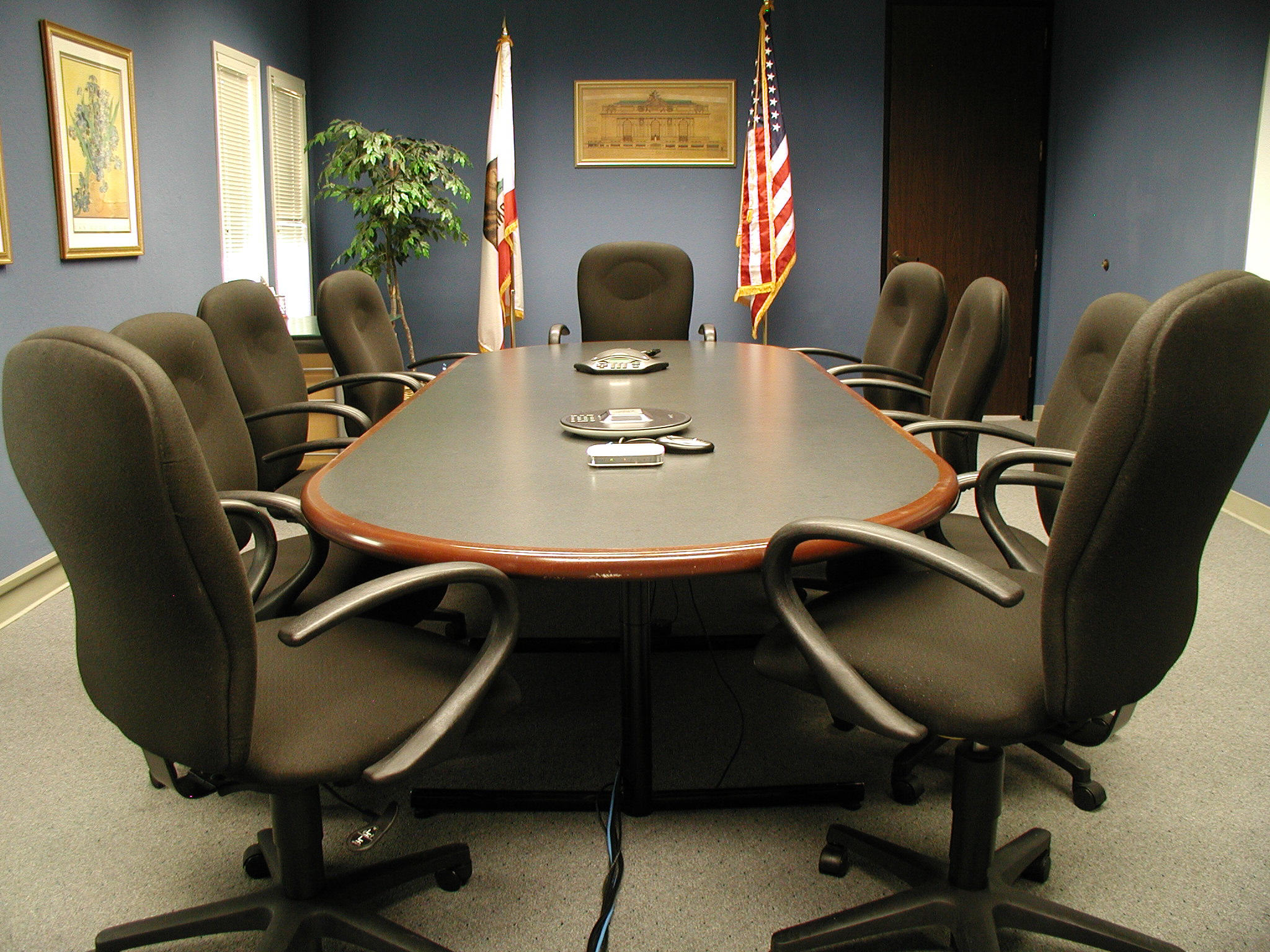Selecting a Venue
The selection of the venue for business meeting is key to the success and impact of the event. Special announcements including product launches or mergers are especially pronounced when the event is hosted at ballroom or a convention hall. Importantly, the use of non-company venues and meeting spaces promotes the idea that the event is a major milestone for an organization.
For some organizations, it may be possible to host the meeting using your own business facilities and this can be a key factor to consider with respect to costs. However, unless these in-house facilities are large enough to provide comfortable seating for the entire group of expected attendees, remote or off-site facilities must be used as well.
Meeting Centers
When considering a meeting or event for a large group that is geographically dispersed, multiple meeting locations can be used to concentrate participants into groups. These locations can each be considered as meeting centers. For a typical meeting, a host or presenting site (Host Site) is the location where an announcement is made or officials congregate. Remote locations are regional gathering places for the audience (Meeting Centers). A host site often includes a number of attendees and therefore the host location can be both a presentation location and a type of meeting center.

Considering a Venue
Consideration for a venue must be clearly focused on whether the site is a Host Site, a Meeting Center or both. Host Site venue selections can be as simple as a company conference room, or more ideally a video production studio, theater, ballroom or even a convention center. Special attention is placed on accommodating the presenters, including the actual presentation, clarity of visual images and audio quality. Meeting Center venue selection typically focuses on the size of the expected group of attendees, seating capacity, video displays, audio systems and especially those systems required for interaction with the Host Site. Interaction can be important for items such as a Question & Answer sessions.
Meeting Centers are often selected in regional company owned facilities. However, where these may not be readily available, rental facilities are employed outside of an organization's own offices. The key to the selection of either internal or rental facilities often focuses on the comfortable seating capacity of the space, followed by available network services (for transmission of video and audio signals) and then such items as food service or available parking.
 We can acquire your content from any venue, broadcast it on our satellite network, provide two-way video conferencing and even stream your message - all simultaneously.
We can acquire your content from any venue, broadcast it on our satellite network, provide two-way video conferencing and even stream your message - all simultaneously. - Craig Ortiz, Program Manager
- Craig Ortiz, Program Manager
Types of Meeting Venues
Below we note the considerations for various types of meeting venues. Each has its own benefit and associated costs.
Theater
| Advantages | Large seating capacity |
| Stage available with room for multiple presenters | |
| Technical personnel and presenter support are usually available | |
| Excellent audio characteristics for source audio feeds | |
| High quality camera images from engineered camera stations | |
| Disadvantages | Electronic infrastructure may not be in place |
| Cannot group people around tables | |
| Catering must be held at separate venue | |
| Transportation may be necessary to move participants |
Hotel Ballroom/Suite
| Advantages | Hotels specialize in providing a pleasant meeting atmosphere |
| Catering services are readily available | |
| Large rooms support projection display systems | |
| Hotels are prepared for large groups of people and they often provide host/hostess services to ensure guest comfort | |
| Disadvantages | Higher cost |
| Transportation may be necessary to move participants to the venue from their normal work locations |
Campus Auditorium (university or corporate)
| Advantages | Less expensive than hotel ballrooms |
| Catering may be available | |
| Disadvantages | May not have proper infrastructure in place to support complex meeting requirements |
| Venue support staff may be minimal | |
| Participant transportation will be required |
Large Conference Room (specialized)
| Advantages | Low Cost |
| Often this room is known to participants | |
| Disadvantages | Each room is unique and perhaps not ideal for the event |
| Support staff may be minimal | |
| Capacities of rooms may be too large or too small for size of group attending in the region | |
| Catering or guest services may not be available |
Web Conferencing (Desktop meeting via personal computer)
| Advantages | Participants do not leave their normal location |
| Cost are very low per meeting attendee | |
| Disadvantages | Network availability influences the quality of the meeting |
| User experience may be affected by software or hardware on the user's personal computer | |
| Participants may not see the event as important and they may not remember to "tune-in" at the start of the event | |
| Attendees are subject to personal interruptions because they attend from their own work stations | |
| Limited opportunity for interaction; no synergy of a group |
About TKO
TKO Video Communications is an industry leader in video conferencing, audio conferencing, broadcasting via satellite and event management. The company provides expert high-quality video communications solutions and services for business, government, education and global enterprises.


